Dismantling IBOX, another ARM mini PC
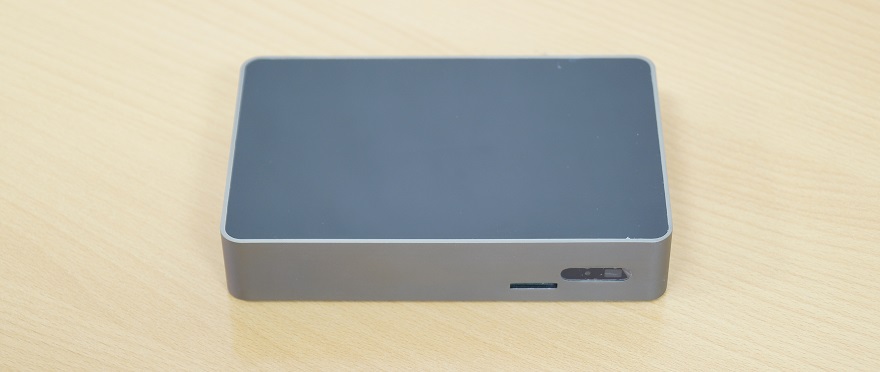
My last post about IBOX has not yet become
What's in the package?
I received the earliest version of the BETA1 device. The device flew in this colorful box:
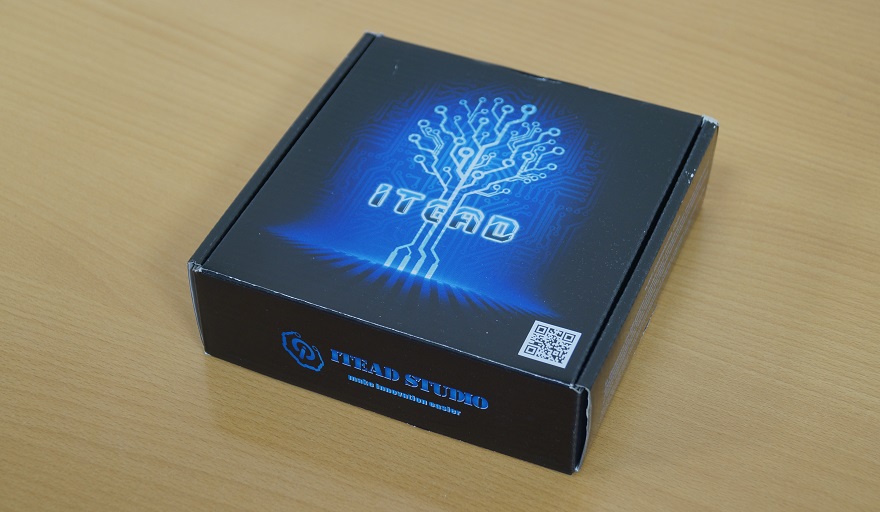
')
Inside is a pile of pimply film hiding the IBOX “system unit”.

I get enough packages from China to say with confidence that the Chinese are very tricky people. So cunning that they often send their goods in a pimply film with bubbles that already burst, depriving the buyer of such a coveted occupation. The guys from ITEAD were up to par and did not bust my bubbles, for which many thanks to them.
But for what you can not say thanks, duck is for the poor equipment. In the box, besides the microcomputer itself and the heap of not polylised bubbles, there was absolutely nothing. I expected to see there at least a power supply unit, and at most, one or two branded expansion modules plugged into a special IBOX connector. Or DIY-shawl with the return part of this connector and breakout all of its conclusions to the standard 2.54 mm pins for experiments.

Outside view
The appearance of the front panel of the device is shown in the title photo. From behind it looks like this:
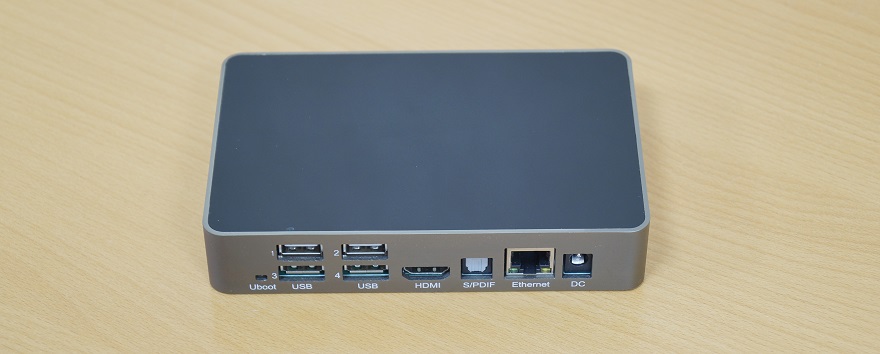
In general, the device looks like if not “five”, then “four plus”. The main body is made of some (I suspect magnesium, like some laptops) alloy. Top - black glossy plastic. Bottom - molded metal plate.
Connectors and controls
On the front panel:
- Micro-SD connector
- Multi-colored LED status indicator
- IR-sensor window, receiver of signals from the infrared control panel
At the end:
- 32-pin expansion connector
Behind:
- Reset button
- 4 USB2.0
- HDMI
- S / PDIF
- Ethernet
- Power supply connector
What's inside?
We take in hand a Phillips screwdriver, unscrew the four screws in the lower plane of the device, remove the bottom cover:

Under the cover we see the bottom of the PCB:

The upper part of the case without filling looks like this:
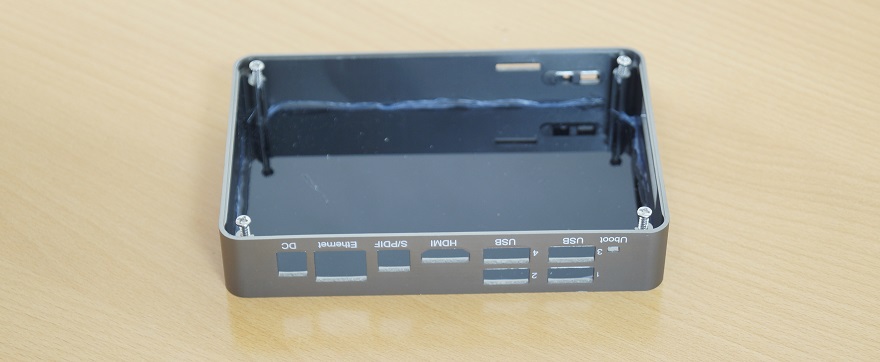
It is seen that the upper black surface is simply inserted into the case and glued around the perimeter from the inside. I think, if you wish, it will be quite possible to pick it out and replace it with your own, from a normal material with the necessary holes for any indicators, buttons, and so on. To cut such a plate can be easily. The offices that carry out Plexiglas laser cutting seem to be complete in every large city in this country.
The IBOX PCB is a sandwich made from a plug-in board and ITEAD A10 / A20 CORE universal processor module.

The processor module has several configuration options and costs from $ 42. The IBOX uses a bundle with a dual-core A20 processor and an internal 4GB flash. This equipment costs $ 48.

Tellingly, the connector on the processor module does not have protection against improper installation. On the "motherboard" circuit board, I also did not notice any "tips". You need to be careful not to confuse anything. Bottom of the processor module:
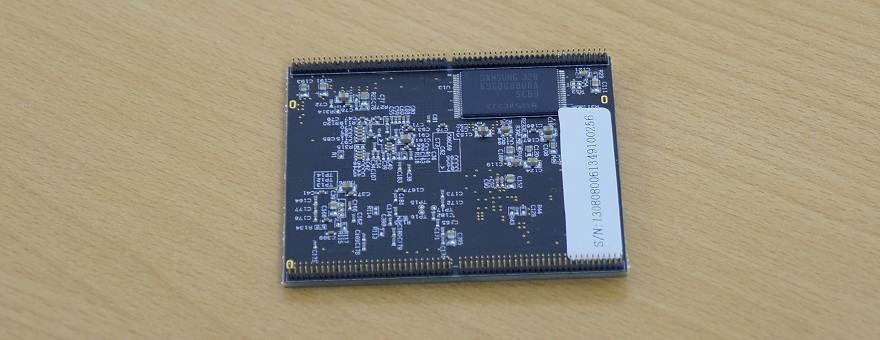
"Motherboard" without a processor module on the connector side:

... From the front:

Bottom view, with soldered wiring and unwelded platform for some secret element:

It can be seen that more than free layout is used. The place is full, both on the printed circuit board and in the case itself above the board. The dimensions of the case, apparently, were dictated by the dimensions of the connectors placed on the back of the device. Let it be so, but the resulting space of the case and the area of the "motherboard" should be used more efficiently and turned them into competitive advantages.
Total What is missing in the first revision IBOX?
- No internal SATA connector. Chip A20 supports SATA drives, ITEAD has another product based on the same processor module - ITEADUINO PLUS A20 , with SATA on board. What kind of savings on matches?
- There are no chassis mounts for a 2.5 "hard drive. I did not measure clearly with a ruler, but visually the hard drive can fit into the existing case above the processor board.
- No internal power supply. On the board a huge pile of free space. An integrated power supply could be a very significant competitive advantage for many customers.
- No rubber or plastic feet on the case. The case is supported on the surface by protruding heads of four self-tapping screws that secure the bottom cover. They are under the Phillips screwdriver and are not perfectly flat at all; they can easily scratch the polished surface of the furniture.
- There is no wall mount. On the back cover of the device, they ask for two tricky holes for attaching to the wall, which for some reason are not there in reality.
- There is no expansion plug. The device is very beautiful, pretending to be next to a large TV and a good audio system. A bunch of protruding pins on the side of the case do not add beauty to it at all, plus they are not fraught with danger. The accidental closure of a finger with a finger of a working device will not lead to anything good.
- There is at least one USB connector on the front panel, next to the flash card connector.
- Glossy top of the case - not the best solution. Beauty is quickly lost after touching with your fingers. And even more is lost after trying to scrub the fingerprints - scratches remain on the surface after a simple wipe with a cloth.
Conclusion
ITEAD IBOX is an interesting device in terms of its characteristics and appearance, not deprived of a number of drawbacks. The price tag of $ 70 for a dual-core microcomputer in a pretty metal case is more than adequate. If the manufacturer is able to answer at least some of the questions over time and eliminate these shortcomings in the following revisions (without increasing the final price tag), the device may well become a must have for many potential buyers.
PS And a bit of "advertising". This post is published on the COOLRF corporate blog . We are developing iron for the smart home based on the ZigBee wireless protocol. If you are not familiar with us yet, you can read previous blog posts and join our group VKontakte . The group publishes (including) minor project news that does not fall on Habrahabr.
PPS The post is about an early beta version of the device. Buyers will be shipped more debugged modification. Now the manufacturer already has BETA2: blog.iteadstudio.com/ibox-production-schedule-update
Source: https://habr.com/ru/post/217599/
All Articles